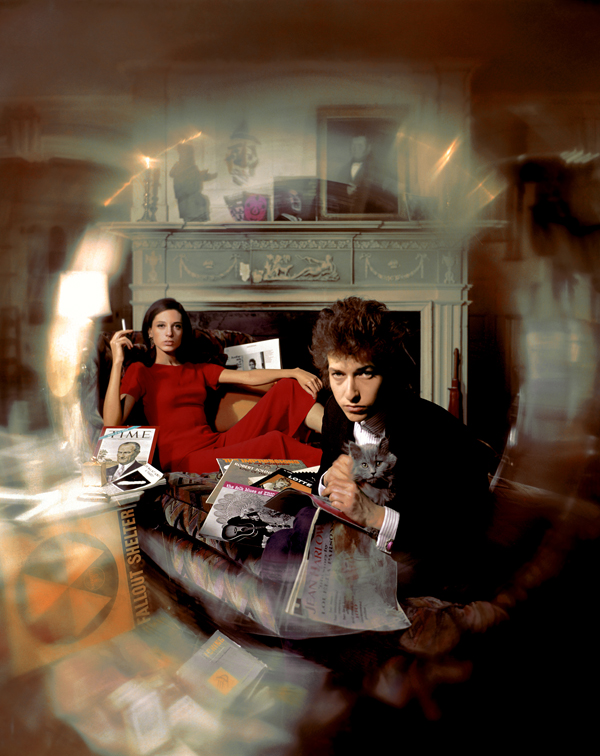 Bringing It All Back Home, 1965. Copyright © Daniel Kramer. All Rights Reserved.
Bringing It All Back Home, 1965. Copyright © Daniel Kramer. All Rights Reserved.
Daniel Kramer, a New York-based photographer and film director, has long been recognized for his portraits and picture stories in national and international magazines.
His 1967 Citadel Press book Bob Dylan was the first major work about the performer/songwriter, who was about to change the world of music and go on to become an American cultural icon. During that period, Kramer had the rare opportunity to photograph Bob Dylan at work, at home, recording and performing at this pivotal time in Dylan’s career.
Kramer’s extraordinary photographs of Bob Dylan are known throughout the world and have been used on the album covers for Dylan’s Highway 61 Revisited, Biograph, The Bob Dylan Song Book and Bringing It All Back Home, which earned a Grammy nomination and was selected by Rolling Stone as one of the 100 Greatest Album Covers of All Time.
Daniel Kramer’s first exhibition of his photographs, Daniel Kramer: Photographs of Bob Dylan, was at Govinda Gallery in the spring of 1999. Kramer’s work has been exhibited and collected by such museums as the George Eastman House, the National Portrait Gallery, the Rock & Roll Hall of Fame and Museum, the Whitney Museum of American Art, the Experience Music Project and The International Center of Photography, where he has conducted photography workshops. Among his awards for his photography of Bob Dylan are a Gold Medal from the Art Director’s Club of Washington, D.C. and a recent nomination by the Music Journalism Awards.
Daniel Kramer’s photographs are available through Govinda Gallery.
Exhibit Photo Gallery. Click on an image to launch slideshow.
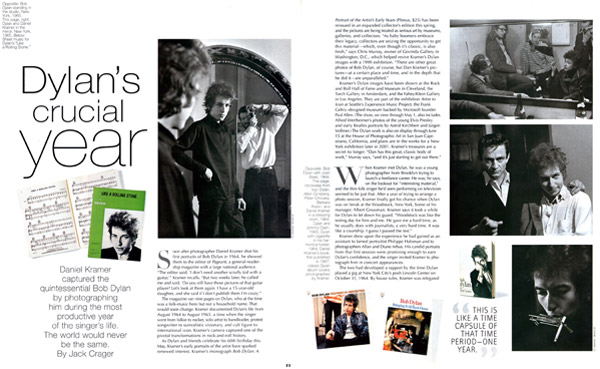
American Photo Magazine May/June 2001
Dylans’s Crucial Year
By Jack Crager
Soon after photographer Daniel Kramer shot his first portrait of bob Dylan in 1964, he showed them to the editor of Pageant, a general-reader-ship magazine with a large national audience.
“The editor said, ‘I don’t need another scruffy kid with a guitar,’” Kramer recalls. “But two weeks later, he called me and said, ‘Do you still have those pictures of that guitar player?’ Let’s look at them again. I have a 15-year-old daughter, and she said if I don’t publish them I’m crazy.’”
The magazine ran nine pages on Dylan, who at the time was a folk-music hero but not a household name. That would soon change. Kramer documented Dylan’s life from August 1964 to August 1965, a time when the singer went from folkie to rocker, solo artist to bandleader, protest songwriter to surrealist visionary, and cult figure to international icon. Kramer’s camera captured one of the pivotal transformations in rock-and-roll history.
As Dylan and friends celebrate his 60th birthday this May, Kramer’s early portraits of the artist have sparked renewed interest. Kramer’s monograph Bob Dylan: A Portrait of the Artist’s Early Years (Plexus) has been reissued in an expanded collector’s edition this spring, and the pictures are being treated as serious art by museums, galleries, and collectors. “As baby boomers embrace their legacy, collectors are seizing the opportunity to get this material—which, even though it’s classic, is also fresh,” says Chris Murray, owner of Govinda Gallery in Washington, D.C., which helped revive Kramer’s Dylan images with a 1999 exhibition. “There are other great photos of Bob Dylan, of course, but Dan Kramer’s pictures—at a certain place and time, and in the depth that he did it—are unparalleled.”
Kramer’s Dylan images have been shown at the Rock and Roll Hall of Fame and Museum in Cleveland, the Torch Gallery in Amsterdam, and the Fahey Klein Gallery in Los Angeles. They are part of the exhibition, Artist to Icon at Seattle’s Experience Music Project, the Frank Gehry-design museum backed by Microsoft founder Paul Allen. (The show, on view through May 1, also includes Alfred Wertheimer’s photos of the young Elvis Presley and early Beatles portraits by Astrid Kirchherr and Jurgen Vollmer.) The Dylan work is also on display through June 15 at the House of Photographic Art in San Juan Capistrano, California, and plans are in the works for a New York exhibition later in 2001. Kramer’s treasures are a secret no longer. “Dan has this great, classic body of work,” Murray says, “and it’s just starting to get out there.”
When Kramer met Dylan, he was a young photographer from Brooklyn trying to launch a freelance career. He was, he says, on the lookout for “interesting material,” and the thin folk singer he’d seen performing on television seemed to e just that. After a year of trying to arrange a photo session, Kramer finally got his chance when Dylan was on break at the Woodstock, New York, home of his manager, Albert Grossman. Kramer says it took a while for Dylan to let down his guard. “Woodstock was like the testing day for him and me. He gave me a hard time. It was like a courtship. I guess I passed the test.”
Kramer drew upon the experience he had gained as an assistant to famed portraitist Philippe Halsman and to photographers Allan and Diane Arbus. His candid portraits from that first session were promising enough to earn Dylan’s confidence, and the singer invited Kramer to photograph him in concert appearances.
The two had developed a rapport by the time Dylan played a gig at New York City’s posh Lincoln Center on October 31, 1964. By house rules, Kramer was relegated to a glass-enclosed balcony view of the concert. Backstage before curtain time, Dylan asked Kramer how things were going, and the photographer complained about his view, saying he wished he could move around the hall for better angles. “So Bob said to his manager, ‘You tell tem here that if he can’t do whatever he wants to do, I’m not going on,’” Kramer recalls. “The house is full, everyone waiting for the curtain. So the manager came and said, ‘Okay, no problem,’ and got some sort of badge and stuck it on me so I could get around the hall.”
Kramer built a portfolio of Dylan images and soon found them in demand by publications around the world, including The Saturday Evening Post, Look, New York, the New York Herald-Tribune, Paris Match, Stern, and Der Spiegal. “Suddenly Dylan was exploding,” Kramer says.
In more ways than one. Dylan was writing profusely, and just as he began to expand his folk audience and lay claim as heir apparent to Woody Guthrie, he went electric and brought rock musicians for his sessions recording Bringing It All Back Home in January 1965. For Dylan’s dedicated folk fans, it would come to be seen as a great betrayal. But Kramer, who saw it happen up close, has a different memory. “Bob didn’t really want to be Woody Guthrie,” he says. “He wanted to be Elvis Presley.” Kramer shot the sessions and was struck by the chemistry in the studio. But he says he wasn’t aware then of the impact of Dylan’s shift, or even of his growing influence. “You don’t know someone’s changing the world until the world’s been changed,” Kramer says.
Looking back, Kramer says there were clues that Dylan was up to momentous things: “I know something was taking place when I went up in an elevator with Dylan, his manager, and John Hammond said to Dylan, ‘If you want to record something, even if it’s three o’clock in the morning, you call me and I’ll open Colombia Records at 3 a.m. just because this guy suddenly woke up and wanted to recorded something, then this must be a very powerful force here.”
Kramer art-directed and shot the famous cover photo for Bringing It All Back Home, in which Dylan sits among cultural artifacts with a kitten on his lap and his manager’s wife, Sally Grossman, behind him in a red dress. To get the distinctive swirl around the edge of the picture, Kramer shot the portrait, masked out a circle in the center, then double exposed the frame and rotated the camera back. The resulting image reflected Dylan’s changing persona as well as the psychedelic ‘60s zeitgeist. Kramer also shot the cover photo for Dylan’s follow-up album, Highway 61 Revisited, in which the photographer’s classic Nikon SP rangefinder camera dangles from the hand of rad manager Bob Neuwirth behind Dylan’s steely gaze. And Kramer’s 1965 studio portrait of Dylan appears on the cover of the Biograph retrospective box set.
In the summer of 1965, Dylan unleashed his electric sound on tour, doing the first half of each show acoustically and the second half with a band, often drawing boos from part of the crowd. At this time Kramer was also busy doing other commercial and editorial photography. But at the suggestion of master documentary photographer W. Eugene Smith—who had taken a nurturing interest in the Dylan work—Kramer decided to shoot one of Dylan’s electric concerts at Forest Hills Stadium in Queens, New York.
“Gene Smith said that he felt the story needed another step,” Kramer says. “He said he’s like to see certain wide-angle compositions that I didn’t have. I told him I didn’t have a wide-angle lens because I couldn’t afford one.’ So he gave me his camera with a 28mm lens on it, saying, “Okay, now you have one.’ So I shot Forest Hills—and the story became complete. I was able to get that electric moment, to show Dylan’s transformation.
At Forest Hills, Kramer could tell that for this artist, there was no looking back. “Up until then, Bob would go to concerts with his guitar case, another guitar case, a bag with some harmonicas and junk, and a rubber bath mat that you stand on so you don’t have static on stage. That’s it—now you go to work,” Kramer recalls. “But suddenly it was going to take an 18-wheeler. Now he had to fill a stadium with monstrous speakers and cables and lights; this was a new era, the rock concert.” Dylan was stoically ready for any booing. “Because he had experience with some dissention, he told the guys in the band to be prepared: ‘No matter what happens, you just do your thing. Forget about it.’ It was like the coach was telling them.”
After Forest Hills, Kramer found himself with enough material for his Dylan book, first published in 1967 by Citadel Press and then by Plexus in England. “It’s a classic book with amazing photos,” says publisher Sandra Wake of Plexus. “It’s always been a steady seller in England.” Recently the rights came free in America; with the reissue this spring, Plexus will print it and it will be distributed by Publishers Group West in San Fransisco.
Kramer says he remained friendly with Dylan through the years, but has photographed him inly occasionally. “I didn’t want people to think that’s all I did,” he says. He has photographed extended portrait projects on subjects ranging from author Norman Mailer to blues legend Janis Joplin to author Mario Puzo. In association with his wife, Arline Cunningham, Kramer directs films and does commercial editorial work, he says, “with an emphasis on portraiture.”
Kramer’s last major session with Dylan was exactly one year and one day from his first session with him. “It started August 27, 1964, and ended August 28, a year later,” Kramer says. “I mean, I photographed Bob after that—but this is the time capsule. One year.” One extraordinary year.
 Biograph, 1965. Copyright © Daniel Kramer. All Rights Reserved.
Biograph, 1965. Copyright © Daniel Kramer. All Rights Reserved.
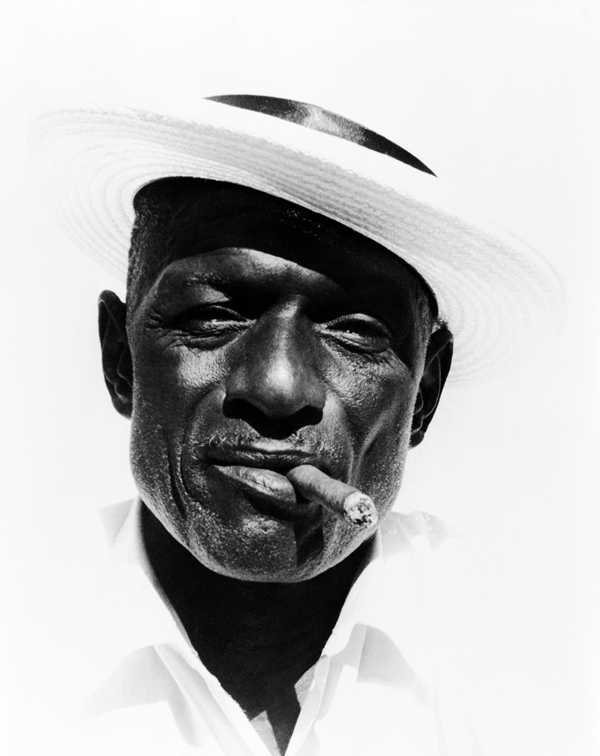 Joseph Spence, Cambridge, 1972. Copyright © Dick Waterman. All Rights Reserved.
Joseph Spence, Cambridge, 1972. Copyright © Dick Waterman. All Rights Reserved. 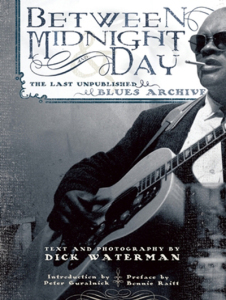 Waterman managed artists Son House, Skip James, Booker White, Mance Lipscomb, Arthur Crudup, Robert Pete Williams, John Hurt, Buddy Guy, Junior Wells, Luther Allison, Magic Sam and Otis Rush, and promoted concerts by Bruce Springsteen, Cat Stevens, James Taylor, Los Lobos, John Lee Hooker and many others. By the late 1960s, Waterman met Bonnie Raitt, whom he went on to manage for 15 years. Avalon Productions continues to advise the estates of many legendary blues artists. In 2000, Waterman was inducted into the Blues Hall of Fame. In honor of the induction, an exhibition of his photographs was presented at the Russell Senate Office Building in Washington, D.C.
Waterman managed artists Son House, Skip James, Booker White, Mance Lipscomb, Arthur Crudup, Robert Pete Williams, John Hurt, Buddy Guy, Junior Wells, Luther Allison, Magic Sam and Otis Rush, and promoted concerts by Bruce Springsteen, Cat Stevens, James Taylor, Los Lobos, John Lee Hooker and many others. By the late 1960s, Waterman met Bonnie Raitt, whom he went on to manage for 15 years. Avalon Productions continues to advise the estates of many legendary blues artists. In 2000, Waterman was inducted into the Blues Hall of Fame. In honor of the induction, an exhibition of his photographs was presented at the Russell Senate Office Building in Washington, D.C.







































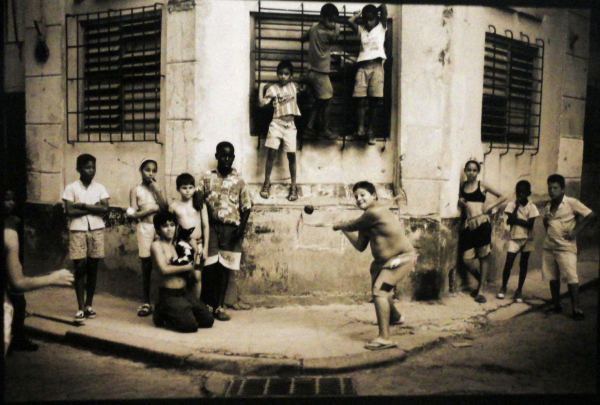 Havana, Cuba 1999. Copyright © Walter Iooss, Jr. All Rights Reserved.
Havana, Cuba 1999. Copyright © Walter Iooss, Jr. All Rights Reserved. 























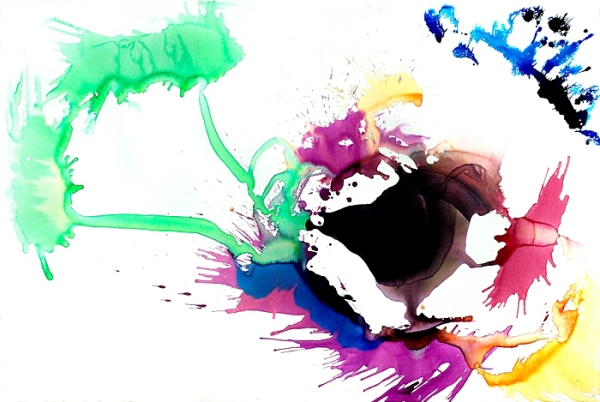 Copyright © Carlotta Hester. All Rights Reserved.
Copyright © Carlotta Hester. All Rights Reserved. 














































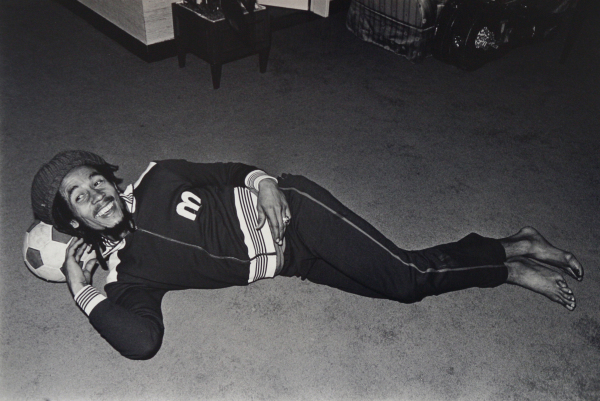 Bob Marley Copyright © Kate Simon. All Rights Reserved.
Bob Marley Copyright © Kate Simon. All Rights Reserved. 














 Kurt Cobain, Kalamazoo, MI, 1993. Copyright © Mark Seliger. All Rights Reserved.
Kurt Cobain, Kalamazoo, MI, 1993. Copyright © Mark Seliger. All Rights Reserved. 
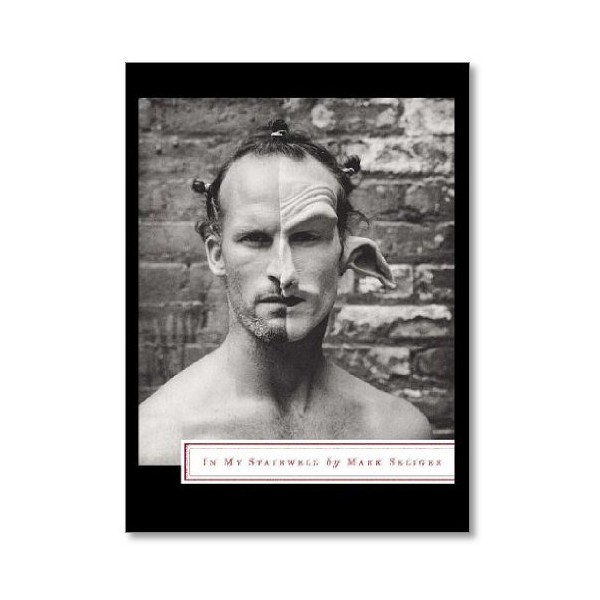 In My Stairwell by Mark Seliger (Rizzoli, 2005).
In My Stairwell by Mark Seliger (Rizzoli, 2005).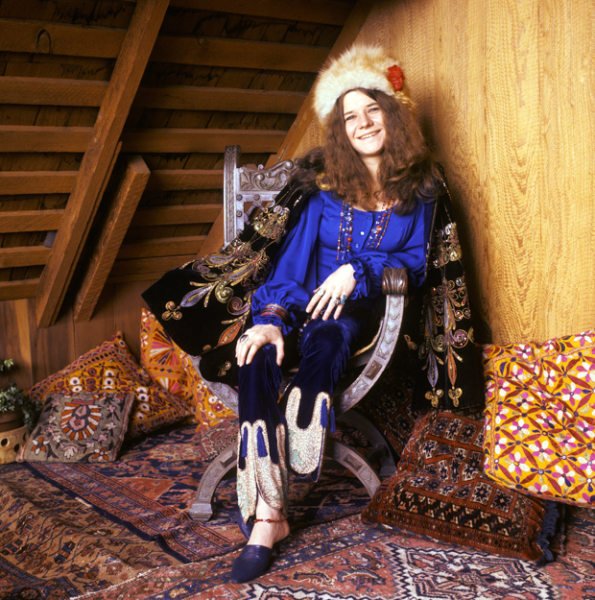 Janice Joplin Copyright © Baron Wolman. All Rights Reserved.
Janice Joplin Copyright © Baron Wolman. All Rights Reserved. 
























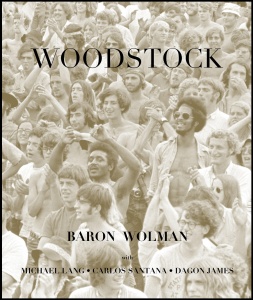 Baron Wolman’s documentation of the Woodstock Music & Arts Festival is presented in Woodstock (Reel Art Press, 2014) with accompanying text featuring an interview with Wolman and Woodstock creator, Michael Lang, and a foreword by musician Carlos Santana.
Baron Wolman’s documentation of the Woodstock Music & Arts Festival is presented in Woodstock (Reel Art Press, 2014) with accompanying text featuring an interview with Wolman and Woodstock creator, Michael Lang, and a foreword by musician Carlos Santana.



















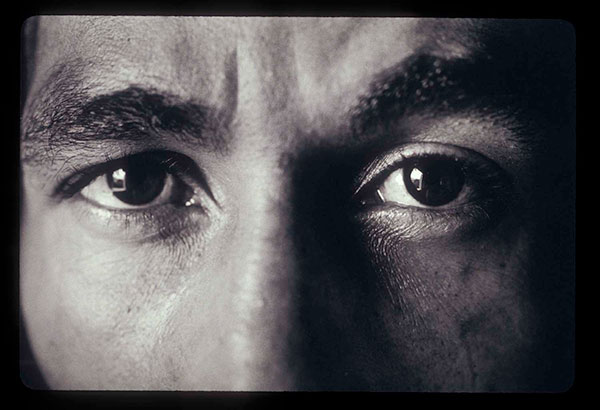 Copyright © David Burnett. All Rights Reserved.
Copyright © David Burnett. All Rights Reserved.  first time in his book Soul Rebel. This stunning visual biography offers a rare look at Marley’s personal life in Jamaica, as well as the exodus from his home country that culminated in his tragic death in 1981. Though it focused on Marley, Burnett’s work also canvassed a wide array of up-and-coming reggae talents, providing striking early looks at Peter Tosh, Lee Scratch Perry, Burning Spear, and Ras Michael. Compelling and incomparably candid, the photographs in Soul Rebel are a remarkable testament to the legacy of a legend.
first time in his book Soul Rebel. This stunning visual biography offers a rare look at Marley’s personal life in Jamaica, as well as the exodus from his home country that culminated in his tragic death in 1981. Though it focused on Marley, Burnett’s work also canvassed a wide array of up-and-coming reggae talents, providing striking early looks at Peter Tosh, Lee Scratch Perry, Burning Spear, and Ras Michael. Compelling and incomparably candid, the photographs in Soul Rebel are a remarkable testament to the legacy of a legend.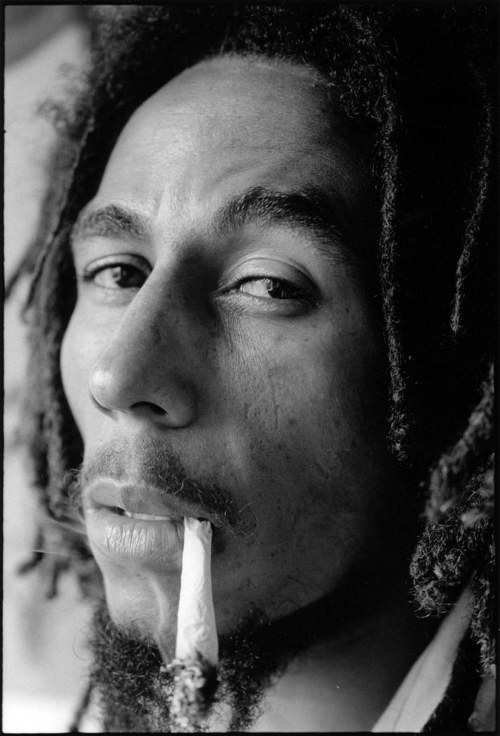 Copyright © David Burnett. All Rights Reserved.
Copyright © David Burnett. All Rights Reserved. 

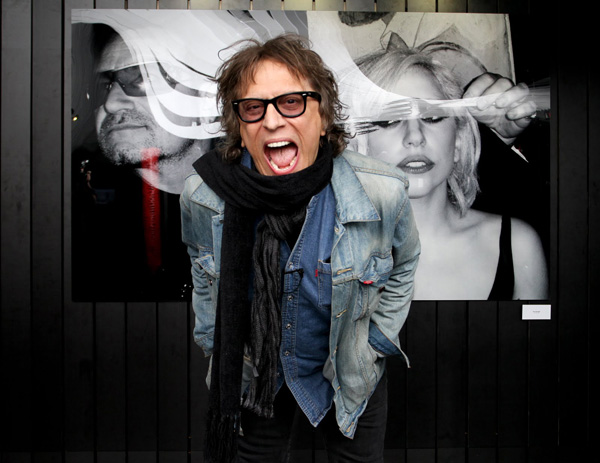
 Bringing It All Back Home, 1965. Copyright © Daniel Kramer. All Rights Reserved.
Bringing It All Back Home, 1965. Copyright © Daniel Kramer. All Rights Reserved. 
 Biograph, 1965. Copyright © Daniel Kramer. All Rights Reserved.
Biograph, 1965. Copyright © Daniel Kramer. All Rights Reserved.  Divine Copyright © Greg Gorman. All Rights Reserved.
Divine Copyright © Greg Gorman. All Rights Reserved. 





